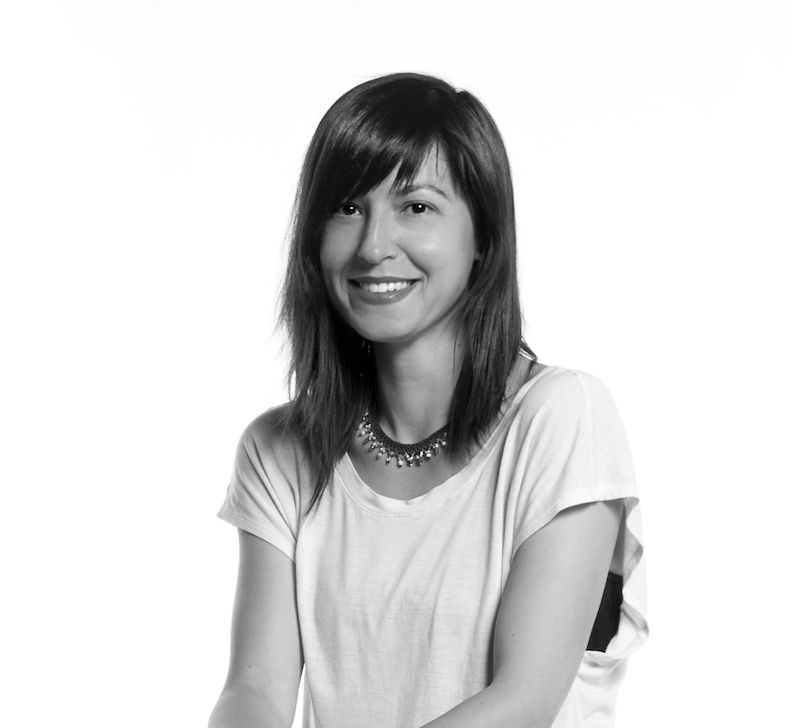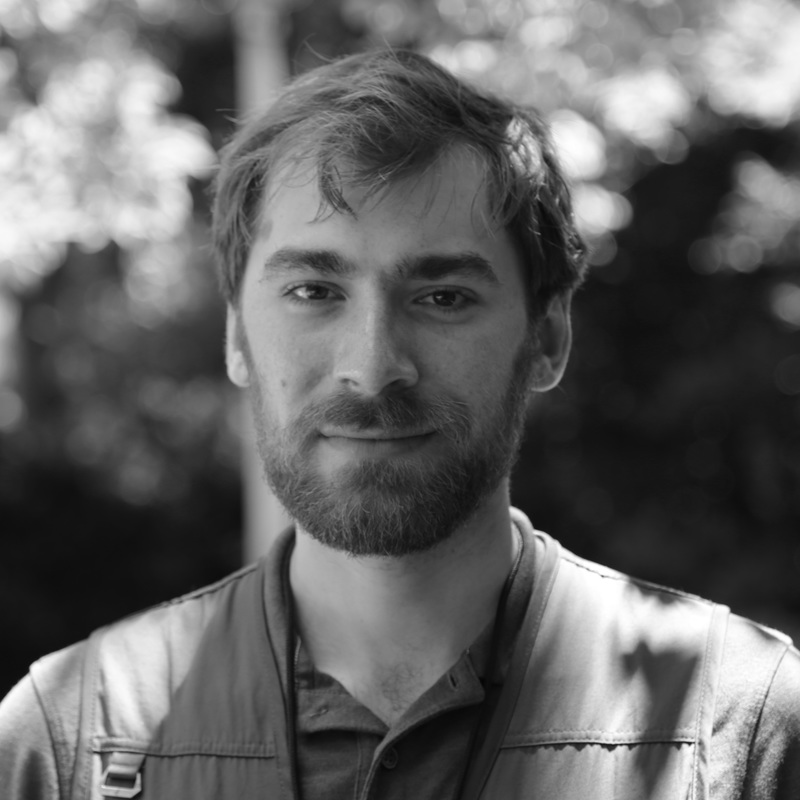|
Ben's update
In conversation with Paz this week, I learned a bit more about her work using bacteria as bioindicators for detecting pollutants in drinking water. I’m not sure if using living bacteria is the best way to test water quality, but it’s certainly magical to see microscopic creatures changing color, and I’m intrigued by Paz’s work at the Institute for Microbiology, University of San Francisco de Quito in Ecuador. Last week Paz mentioned the idea of an “air quality monitoring kit” that any citizen could use to test for the presence of certain pollutants. As a designer and activist, I’m curious about the possibilities of such a kit, and wonder what it might look like in the end. Of course, collaborating internationally makes it more complicated to advise the public on helpful resources and practical advice. The other complication is the fact that most serious analysis of drinking water or air quality necessitates access to a highly specialized laboratory. Even the bioindicators Paz has used in the past require modifying the DNA (!) of bacteria to respond to particular stimulus. For the socially-engaged scientist (or sciartist), there seems to be a few ways to connect audiences with the magic of science:
Food for thought.
0 Comments
Leave a Reply. |
Visit our other residency group's blogs HERE
Paz Tornero is an artist, visiting professor at the University of Caldas in Colombia, researcher at the University of Murcia, Faculty of Fine Arts in Spain, and visiting fellow at the Institute of Microbiology (USFQ) in Ecuador.
Benjamin Andrew is an award-winning interdisciplinary artist, storyteller, and Instructor at Pennsylvania State University.
|



